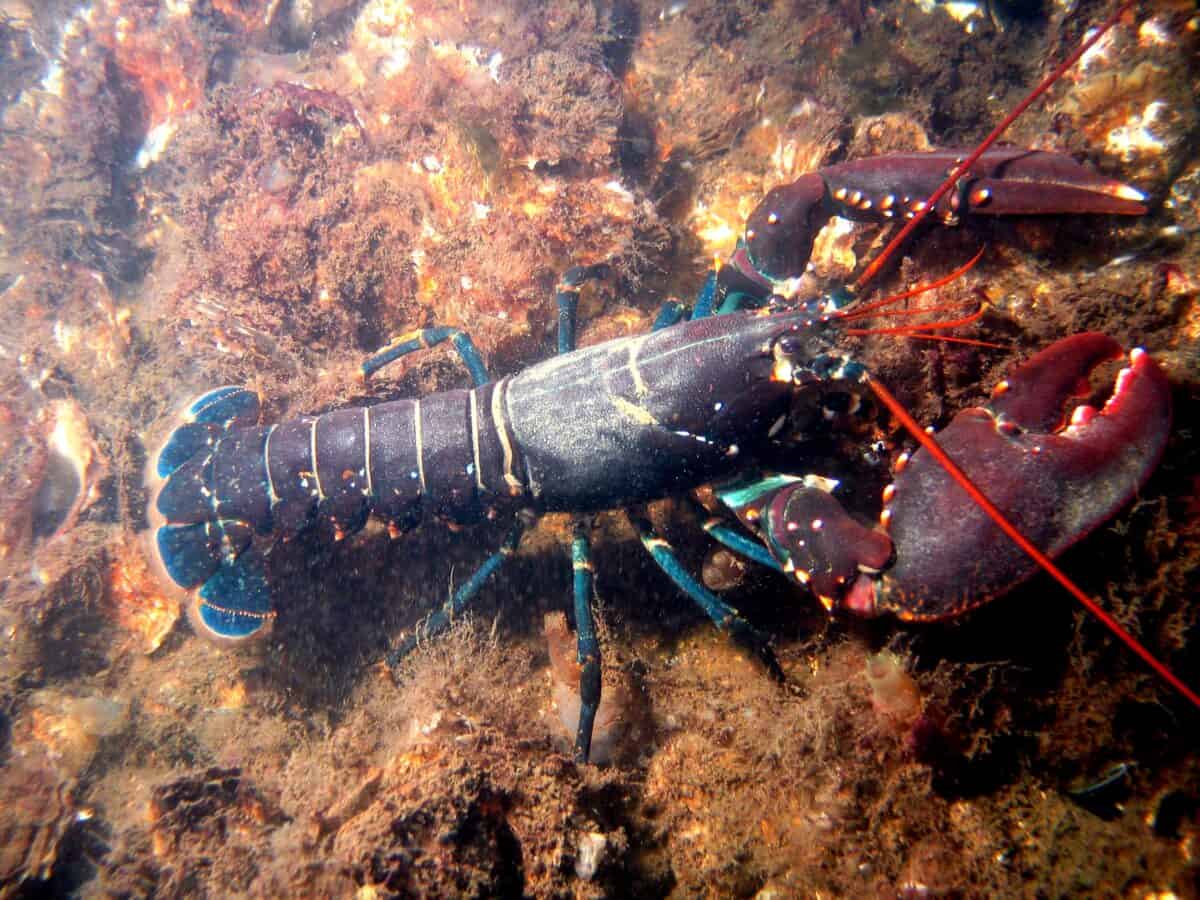Legends of immortality have captivated human imagination for centuries, and surprisingly, lobsters have entered this mythical conversation. In recent years, a fascinating claim has circulated widely: lobsters are biologically immortal creatures that could theoretically live forever if not for predation or being caught for our dinner plates. This tantalizing idea has spread across social media, popular science articles, and even casual conversations. But what’s the real story behind lobster longevity? Do these fascinating crustaceans truly possess the secret to eternal life, or is this merely another case of scientific misunderstanding amplified through cultural whispers? In this comprehensive exploration, we’ll dive deep into the biology, research, and misconceptions surrounding the supposed immortality of lobsters, separating scientific fact from captivating fiction.
The Origins of the Immortality Myth
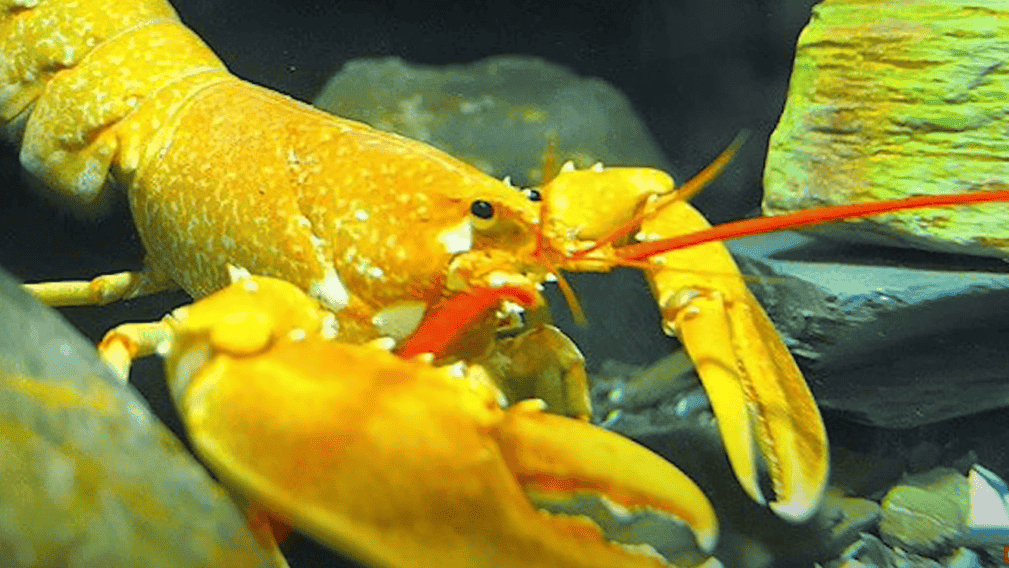
The lobster immortality myth gained significant traction in the early 2000s, particularly after being mentioned in popular media. One notable reference appeared in an episode of the radio program “This American Life” in 2007, where writer David Foster Wallace discussed lobsters’ continuous growth throughout their lives. The concept further spread through social media, where simplified explanations of lobster biology suggested they could theoretically live forever. This captivating idea tapped into humanity’s eternal fascination with immortality, allowing the concept to spread rapidly despite lacking full scientific context. The myth was amplified by the genuine scientific interest in lobsters’ unusual longevity and cellular mechanisms, which, while remarkable, were often presented without crucial qualifications in popular discourse.
Understanding Biological Immortality
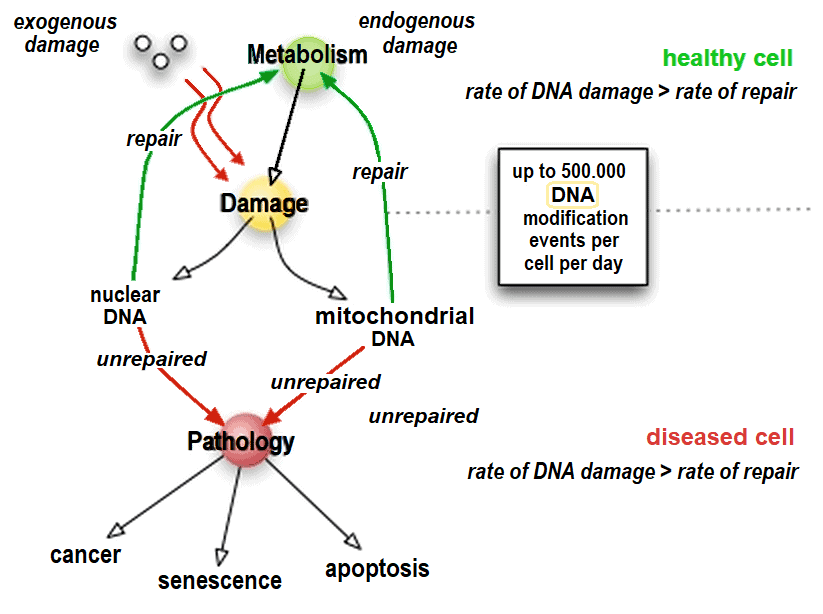
Before evaluating lobsters’ mortality, it’s essential to understand what biological immortality actually means. True biological immortality would imply that an organism doesn’t experience senescence—the biological aging process that increases mortality with time. Some organisms, like certain jellyfish species (Turritopsis dohrnii) and hydras, demonstrate negligible senescence or even the ability to revert to earlier life stages. However, biological immortality doesn’t mean invincibility; these organisms can still die from predation, disease, or environmental changes. The term specifically refers to the absence of an intrinsic mortality rate increase with age. In scientific terms, true biological immortality would require cells to maintain telomere length, possess extraordinary DNA repair mechanisms, and have exceptional cell replacement capabilities—a rare combination in nature that requires specific molecular mechanisms rather than merely long lifespans.
Lobster Biology and Growth Patterns

Lobsters belong to the crustacean family and possess several biological characteristics that contribute to their longevity myths. Unlike mammals, lobsters grow through a process called molting, where they shed their old exoskeletons to accommodate larger bodies. This indeterminate growth pattern means lobsters continue growing throughout their lives, albeit at a decreasing rate as they age. Their growth is regulated by hormones, particularly ecdysteroids, which control the molting cycle. American lobsters (Homarus americanus) can reach impressive sizes—some specimens have been documented at over 20 kg (44 pounds) and measuring nearly a meter in length. This continuous growth pattern differs dramatically from mammals with determinate growth, contributing to the misconception that lobsters escape the aging process altogether. However, continuous growth doesn’t equate to immortality, as we’ll explore in subsequent sections.
The Telomerase Connection
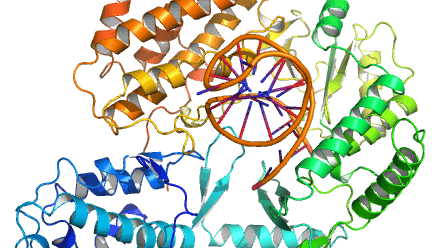
At the heart of the immortality claim lies telomerase, an enzyme that has garnered significant attention in aging research. In most animals, including humans, chromosomes have protective caps called telomeres that shorten with each cell division, eventually leading to cellular senescence and aging. Lobsters, however, produce significant amounts of telomerase, an enzyme that can rebuild these telomeres. This cellular feature allows lobster cells to divide more times than human cells without facing the same deterioration. Research published in the journal Gene has confirmed that lobsters express telomerase in various tissues throughout their lives, not just in reproductive or embryonic cells as is common in many other organisms. While this telomerase activity is remarkable and contributes to lobsters’ longevity, it doesn’t grant them immortality. Other aging processes still occur in lobster bodies despite telomere maintenance, and the relationship between telomerase and aging is more complex than initially theorized.
How Long Do Lobsters Actually Live?

Despite not being immortal, lobsters are still impressively long-lived creatures. Determining a lobster’s exact age is challenging since they lack structures that create annual growth rings like those found in fish scales or tree trunks. However, scientists have developed methods to estimate lobster age by measuring accumulation of lipofuscin (age pigment) in brain tissue, analyzing growth rates, and examining size distributions. Based on these techniques, research suggests that American lobsters typically live 30-50 years in the wild. The oldest documented lobster was estimated to be around 140 years old when captured—an exceptional but not immortal lifespan. European lobsters (Homarus gammarus) show similar longevity patterns. While these lifespans are remarkable compared to many marine creatures, they fall well short of immortality and are more comparable to other long-lived animals like certain tortoises or whales.
The Molting Challenge
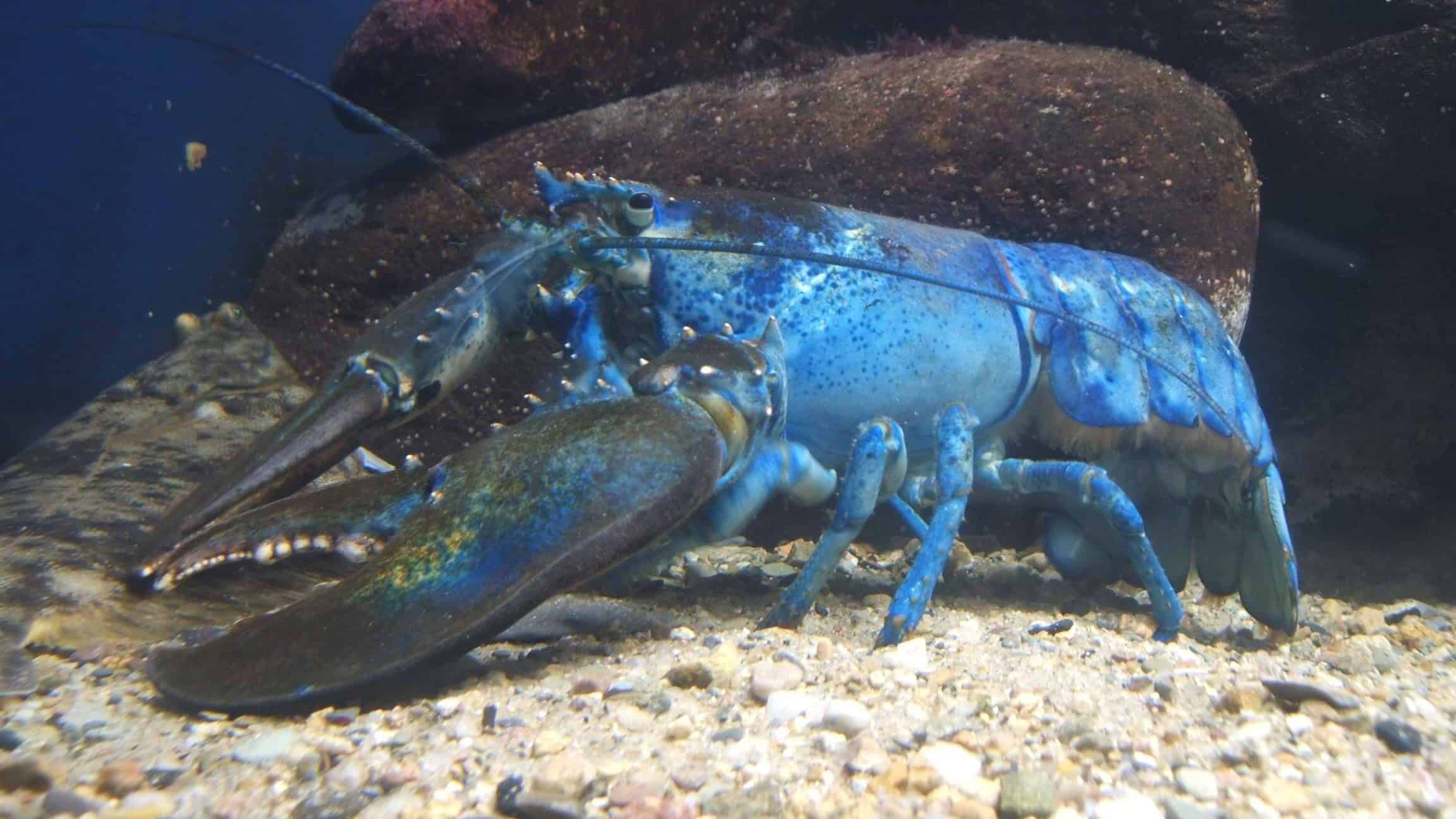
Perhaps the most significant challenge to the immortality myth comes from the very process that allows lobsters to grow continuously: molting. As lobsters age, molting becomes increasingly energetically demanding and dangerous. Each molt requires tremendous energy expenditure and leaves the lobster vulnerable to predation during the soft-shell recovery period. Research from the University of Maine has shown that older, larger lobsters molt less frequently—approximately once every few years rather than multiple times annually as juveniles do. Eventually, many older lobsters may reach a point where they cannot gather sufficient resources to complete a successful molt. Failed molts can be fatal, with lobsters becoming stuck between old and new shells or developing infections. This inherent limitation to their growth mechanism effectively creates a biological ceiling on their lifespan, contradicting the immortality hypothesis. The energy required for molting increases exponentially with size, while the capacity to gather that energy does not keep pace, creating an insurmountable biological challenge.
Evidence of Aging in Lobsters
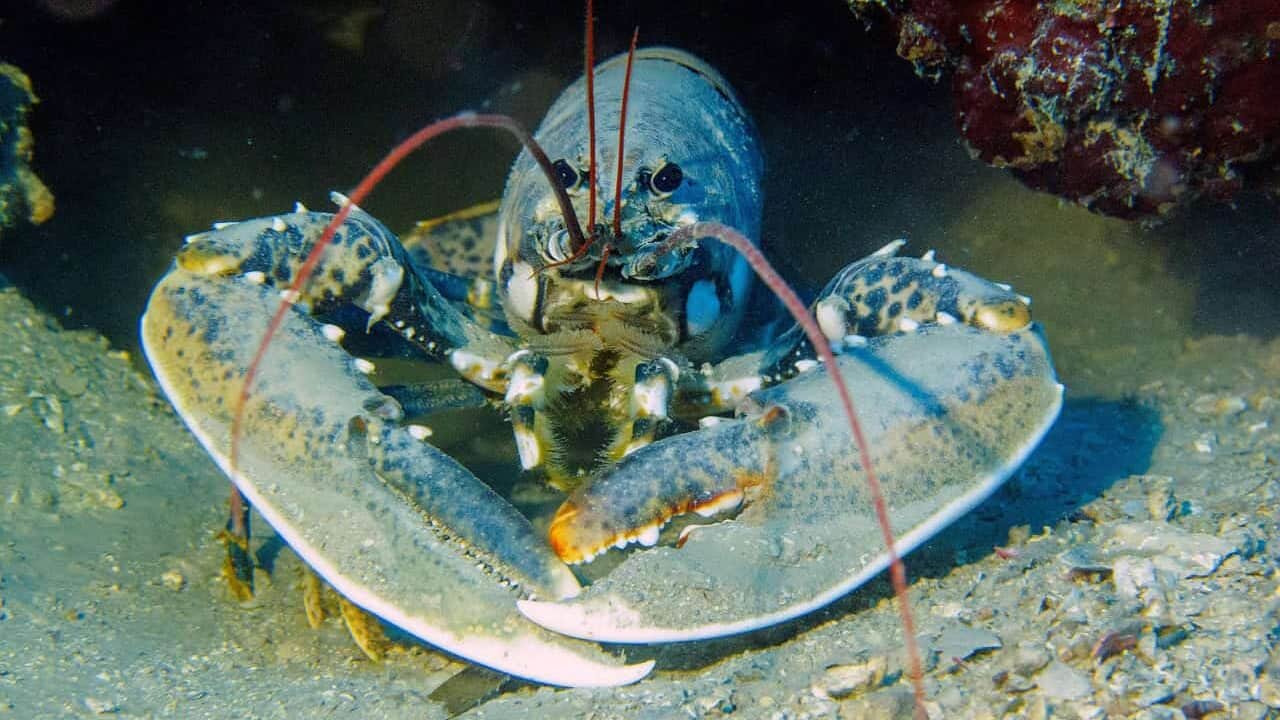
Lobster. Image via Openverse
Despite their remarkable longevity, lobsters do show clear signs of aging. Research published in PLOS ONE has documented various physiological changes in aging lobsters, including decreased metabolism, reduced immune function, and diminished reproductive capacity. Older lobsters exhibit slower reaction times, reduced hunting efficiency, and greater susceptibility to disease—all hallmarks of senescence found across the animal kingdom. Their muscles, particularly in the tail region, lose strength and elasticity with age. Studies of lobster nervous systems show that older individuals have reduced neuronal function and slower signal transmission, affecting their ability to respond to threats. Additionally, research from the New England Aquarium has documented that older female lobsters produce eggs with decreased viability compared to middle-aged females. These observed biological declines clearly demonstrate that while lobsters age more gradually than many species, they certainly do age and are subject to mortality from senescence.
Other Long-Lived Sea Creatures

The ocean harbors numerous organisms with exceptional longevity that put lobsters’ lifespans in perspective. The Greenland shark (Somniosus microcephalus) can live over 400 years, making it the longest-lived vertebrate known. Ocean quahogs (Arctica islandica), a type of clam, have documented lifespans exceeding 500 years. Bowhead whales regularly reach 200 years of age. The red sea urchin (Strongylocentrotus franciscanus) can live over 200 years with little signs of aging. These marine Methuselahs have evolved various mechanisms to combat aging, including slow metabolism, cold-adapted physiologies, and specialized cellular repair systems. Each species offers unique insights into extended longevity. Compared to these truly exceptional cases, lobsters’ lifespans, while impressive, appear more modest. The diversity of longevity mechanisms across marine species demonstrates that evolution has produced multiple pathways to extended life rather than a single route to immortality.
Scientific Research on Lobster Aging

Scientific investigation into lobster aging continues to evolve with new research techniques. Recent studies using genomic approaches have identified several genes involved in lobster growth regulation, cellular maintenance, and stress resistance. A 2018 study published in Scientific Reports analyzed the transcriptome of American lobsters, identifying key genes involved in their impressive cellular maintenance systems. Researchers at Woods Hole Oceanographic Institution are investigating lobster stress response mechanisms, which remain robust even in older individuals. Comparative studies between young and old lobsters reveal differences in gene expression patterns related to metabolism, cellular repair, and immune function. The field of crustacean gerontology remains active, with researchers hoping to apply insights from lobster biology to human aging questions. While these studies confirm lobsters’ impressive longevity mechanisms, they also continually uncover evidence of natural aging processes, further refuting the immortality myth while highlighting the genuine scientific value of understanding these creatures’ biology.
Why the Myth Persists
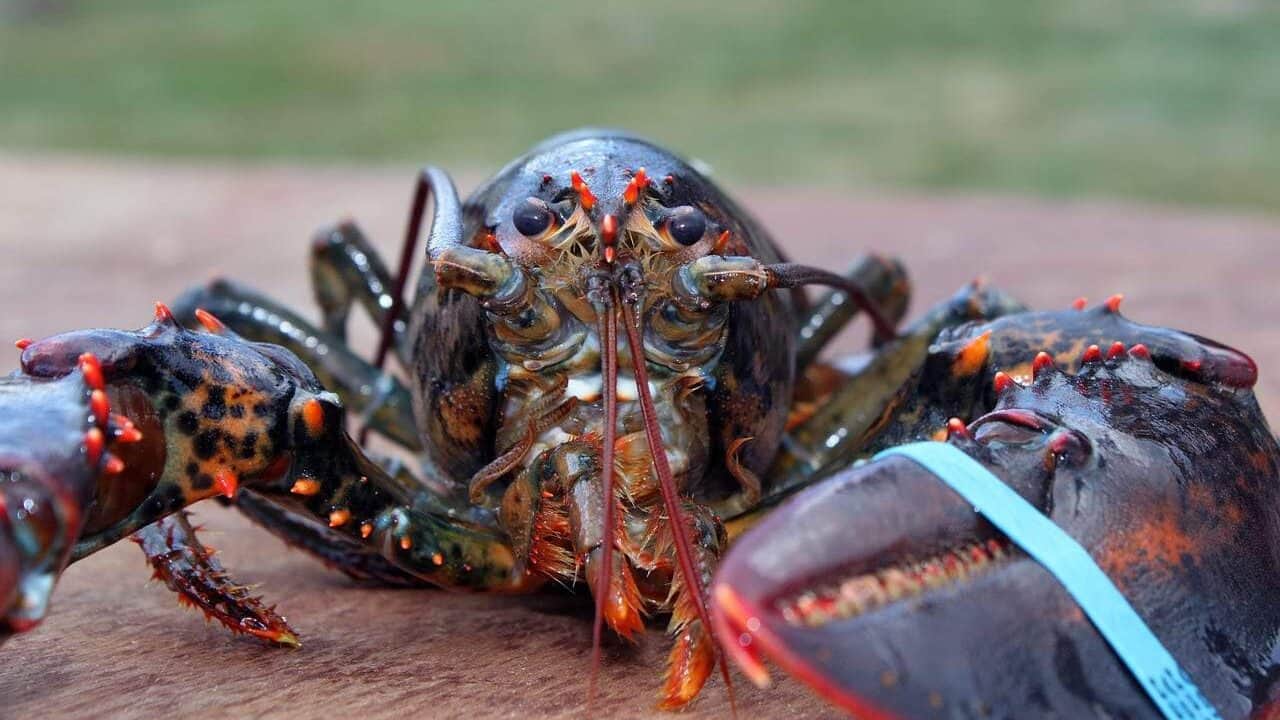
Despite scientific evidence contradicting lobster immortality, the myth continues to circulate widely. This persistence can be attributed to several factors. First, the concept of biological immortality is inherently fascinating, tapping into humanity’s ancient quest to overcome death. Second, the scientific complexity of aging biology makes it easy for simplifications and misinterpretations to spread. Terms like “negligible senescence” can be misconstrued as “immortality” in popular discussions. Third, confirmation bias leads people to accept information that confirms preexisting beliefs or desires. Additionally, the rapid sharing of simplified science through social media often strips necessary context and nuance from biological concepts. The myth also persists because it contains elements of truth—lobsters do possess remarkable longevity and cellular maintenance mechanisms. This combination of partial truth, innate human fascination with immortality, and simplification of complex biology creates perfect conditions for the myth’s continued circulation despite scientific clarification.
The Value of Studying Lobster Longevity

While lobsters aren’t immortal, their biology offers valuable insights for aging research. Their enhanced cellular maintenance mechanisms, particularly their widespread telomerase expression, provide opportunities to understand how organisms can extend cellular lifespan. Research into lobster stress response systems may reveal adaptations that could inform human medicine. Their efficient DNA repair mechanisms represent another area of scientific interest—lobsters appear to maintain genomic integrity better than many other organisms throughout their long lives. Additionally, understanding the hormonal regulation of their growth cycles could provide insights into controlling cell proliferation, which has implications for cancer research. Several biotech companies are currently studying lobster proteins and enzymes for potential medical applications. The University of Maine’s Lobster Institute continues research into these areas, demonstrating that even without immortality, lobster biology offers valuable scientific knowledge that may eventually contribute to extending human healthspan through biomimetic applications.
Conservation Implications

The longevity of lobsters raises important conservation considerations. Their slow growth rates and delayed reproductive maturity mean populations recover slowly from overfishing. An American lobster may take 5-8 years to reach reproductive maturity, and older females produce significantly more eggs than younger ones—some large females can carry over 100,000 eggs compared to just a few thousand in first-time reproducers. This makes protecting older individuals particularly important for population sustainability. Conservation measures like minimum and maximum size limits aim to protect both juveniles and these highly productive older lobsters. Climate change poses additional threats, as warming waters affect molting cycles and increase disease susceptibility. Ocean acidification weakens lobster shells and impacts larval development. Understanding the true biology of lobsters, rather than mythologizing them, provides a stronger foundation for evidence-based conservation efforts that protect these remarkable, long-lived—but not immortal—creatures for future generations.
The myth of immortal lobsters represents a fascinating case study in how scientific concepts can be misinterpreted as they enter popular culture. While lobsters possess truly remarkable biological capabilities—continuous growth, widespread telomerase expression, and impressive longevity—these features don’t amount to immortality. The evidence clearly shows that lobsters age, face increasing challenges with molting as they grow larger, and eventually succumb to natural mortality even in protected environments. Rather than diminishing our appreciation for these creatures, understanding their true biology enhances it, revealing the complex evolutionary adaptations that allow them to achieve their exceptional but finite lifespans. In studying lobsters, we gain valuable insights into the biology of aging while being reminded that even nature’s most impressive longevity adaptations operate within boundaries—a humbling perspective that may ultimately prove more valuable than the alluring but false promise of biological immortality.
- The Fish That Builds Nests - August 23, 2025
- The Insect That Ices Itself - August 23, 2025
- 15 Weirdest Things Fish Can Do - August 23, 2025

